Supercars often represent the pinnacle of automotive engineering and design, yet not all achieve immediate success. Some fail to capture the market upon release but later become sought-after collectibles. Their unique designs, limited production runs, or storied histories contribute to their newfound appeal among enthusiasts and collectors alike.
DeLorean DMC-12
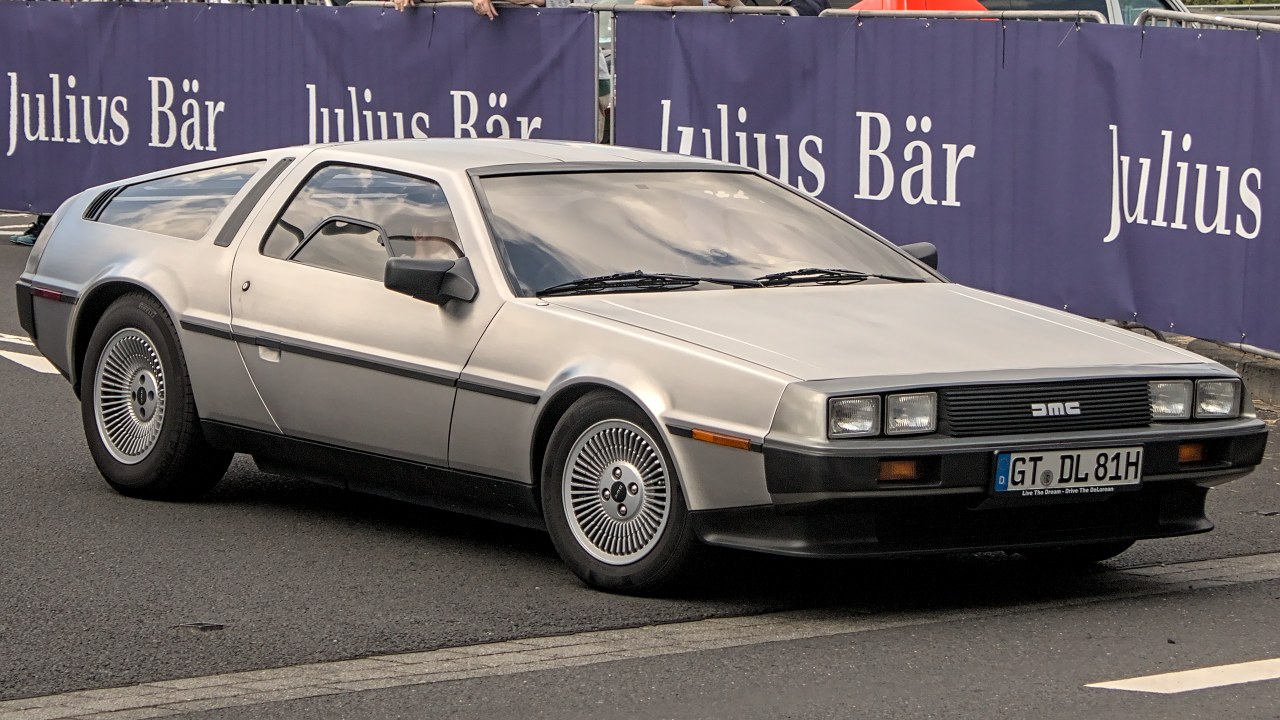
The DeLorean DMC-12 is an iconic example of a supercar that initially flopped. Launched in the early 1980s, this stainless steel-bodied vehicle with gull-wing doors was more famous for its appearance in the “Back to the Future” movies than for its performance. It struggled with production issues and a lackluster engine, leading to its commercial failure. However, its unique design and cultural significance have made it a collectible favorite.
Today’s collectors value the DMC-12 for its distinctive look and the nostalgia it invokes. With only around 9,000 units originally produced, its rarity adds to its allure. Prices for well-maintained examples have been steadily climbing, making it a coveted piece for car enthusiasts and movie buffs alike.
Vector W8
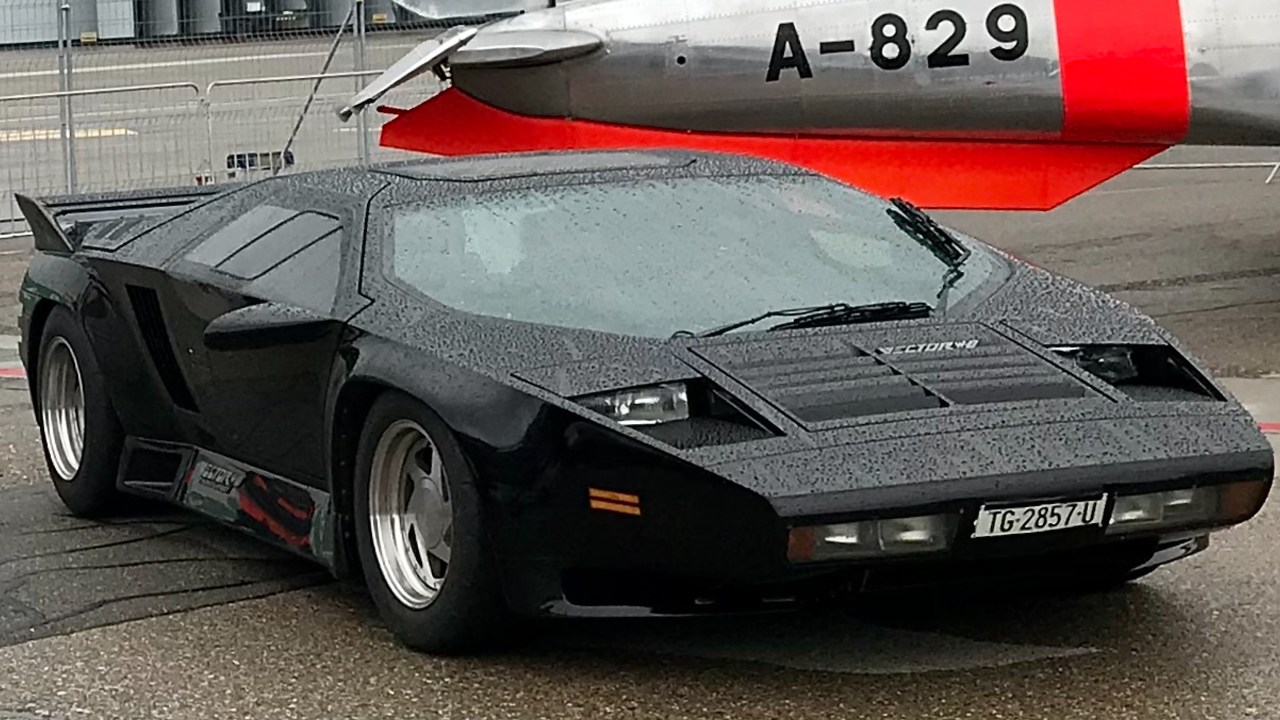
The Vector W8 was a supercar ahead of its time, featuring an aerospace-inspired design and a twin-turbocharged V8 engine. Introduced in the late 1980s, it promised cutting-edge performance but was plagued by production delays and financial difficulties. Only 17 units were ever made, which contributed to its initial failure in the market.
Despite its rocky start, the Vector W8’s futuristic design and rarity have turned it into a collector’s item. Its unique place in automotive history as one of America’s few attempts at a supercar has only added to its desirability among collectors who appreciate its ambitious engineering.
Jaguar XJ220
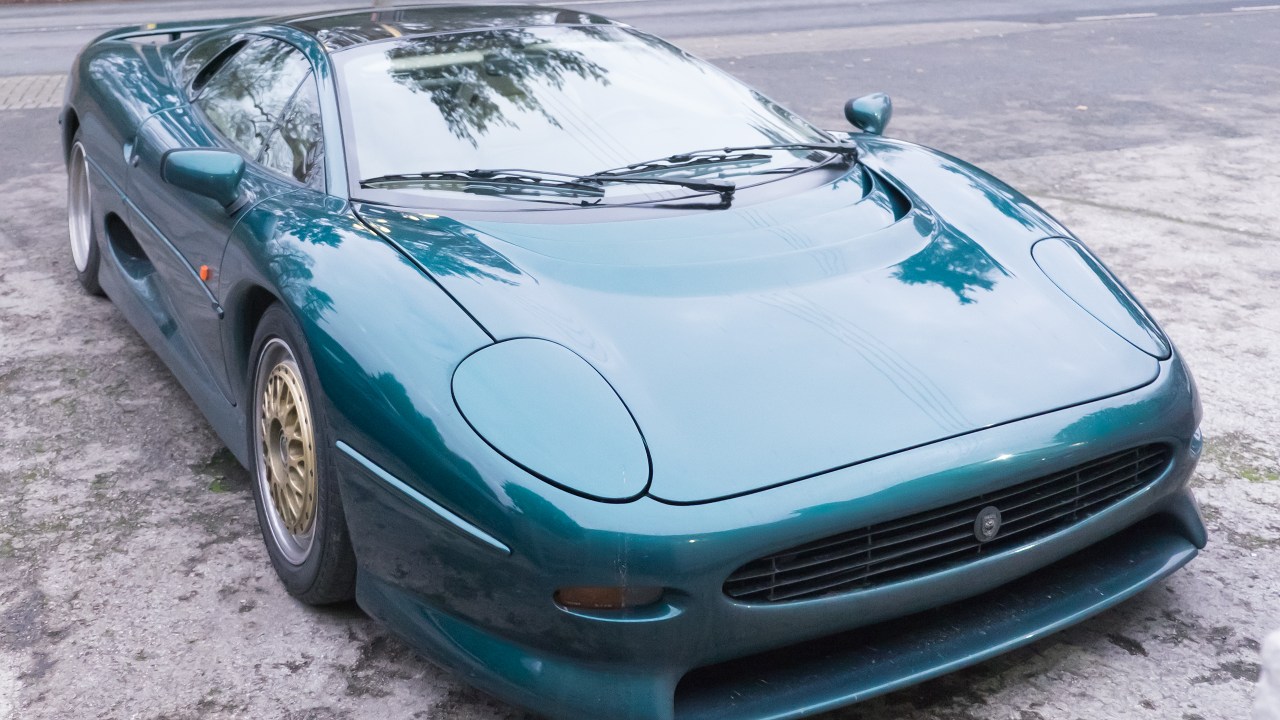
The Jaguar XJ220, launched in the early 1990s, was once the fastest production car in the world. However, it faced criticism for its high price and the decision to switch from a V12 to a V6 engine before production. This led to a lukewarm reception, and many orders were canceled.
Today, the XJ220 is celebrated for its sleek design and engineering prowess. Its top speed of 217 mph remains impressive, and collectors are drawn to its limited production run of just 282 units. The XJ220 has become a symbol of Jaguar’s ambitious foray into the supercar market, making it highly sought after.
Bugatti EB110
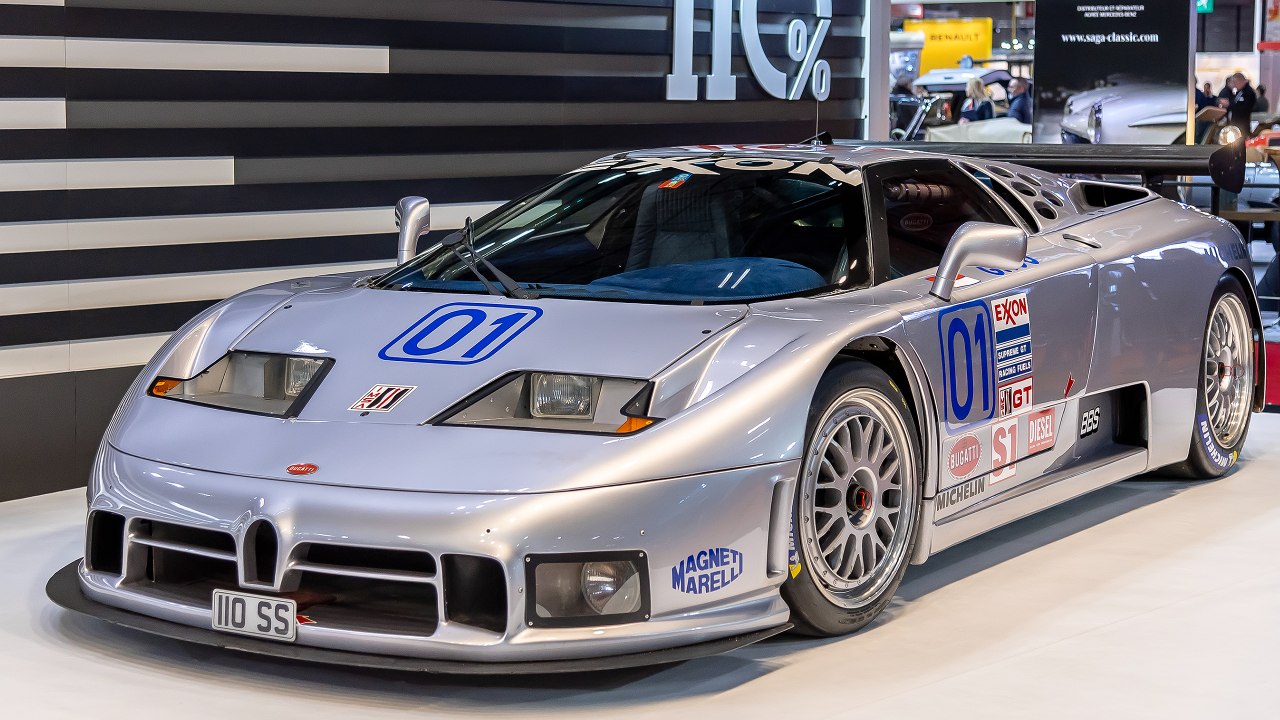
The Bugatti EB110 was an ambitious project that aimed to revive the storied Bugatti brand in the 1990s. It featured a quad-turbocharged V12 engine and advanced technology for its time. However, the company faced financial difficulties, and only 139 units were produced before Bugatti went bankrupt.
Collectors today admire the EB110 for its innovative engineering and its role in the revival of the Bugatti marque. Its rarity and the resurgence of Bugatti under Volkswagen’s ownership have increased its desirability, and well-maintained examples now command high prices at auctions.
Aston Martin Lagonda
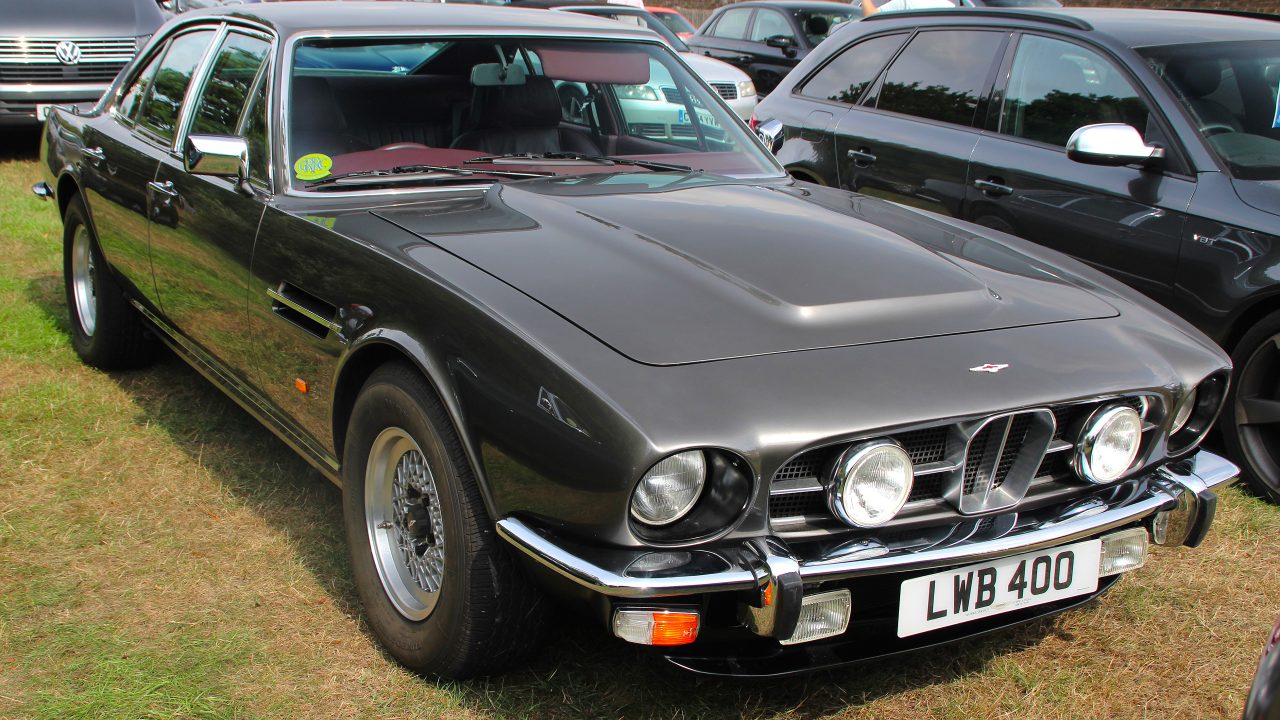
The Aston Martin Lagonda was a radical departure from traditional car design when it was introduced in the 1970s. With its sharp, angular lines and advanced digital dashboard, it was a technological marvel. However, reliability issues and a high price tag led to its commercial failure.
Despite its initial struggles, the Lagonda has gained a cult following for its futuristic design and engineering innovation. Its scarcity, with fewer than 650 units produced, has made it a desirable piece for collectors seeking something truly unique in the world of classic cars.
Maserati Biturbo
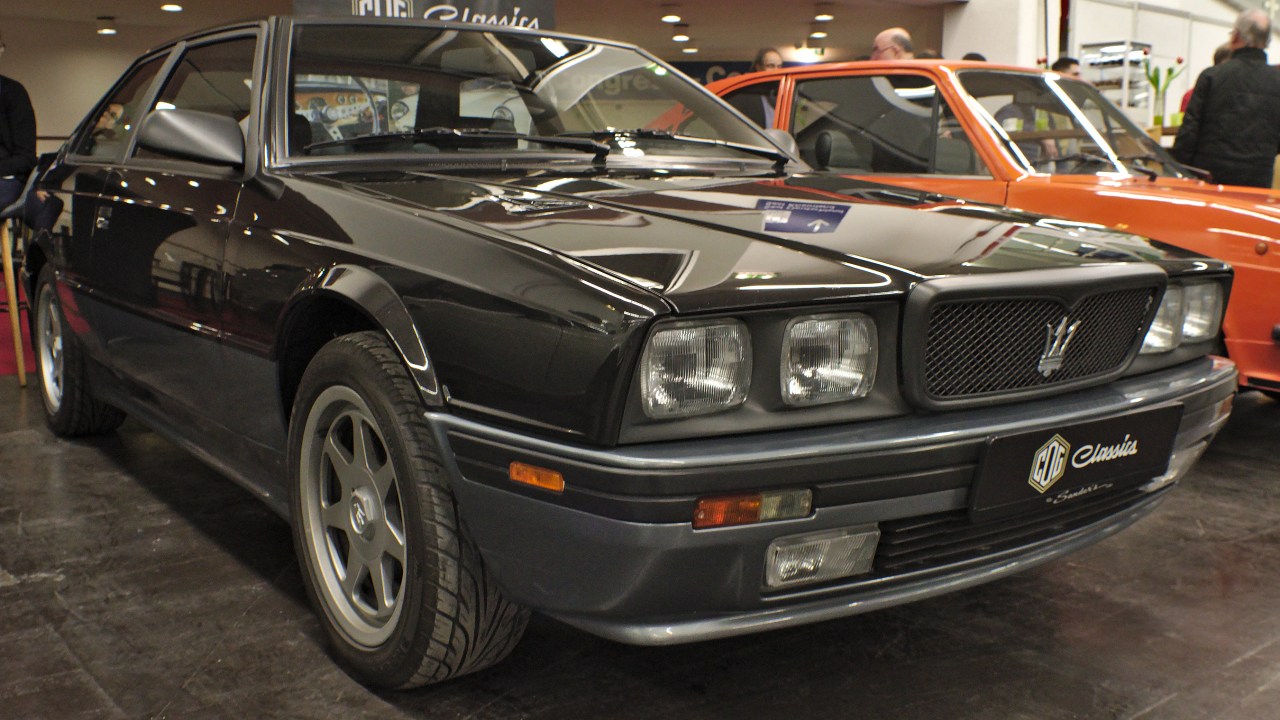
The Maserati Biturbo was launched in the early 1980s with the aim of bringing Italian luxury and performance to a broader audience. Unfortunately, it suffered from quality control issues and reliability problems, leading to a poor reputation.
Over the years, the Biturbo has become appreciated for its elegant design and the driving experience it offers. Enthusiasts now seek out well-preserved examples, and its reputation is being rehabilitated as a classic Maserati with a distinctive character.
Ferrari Mondial
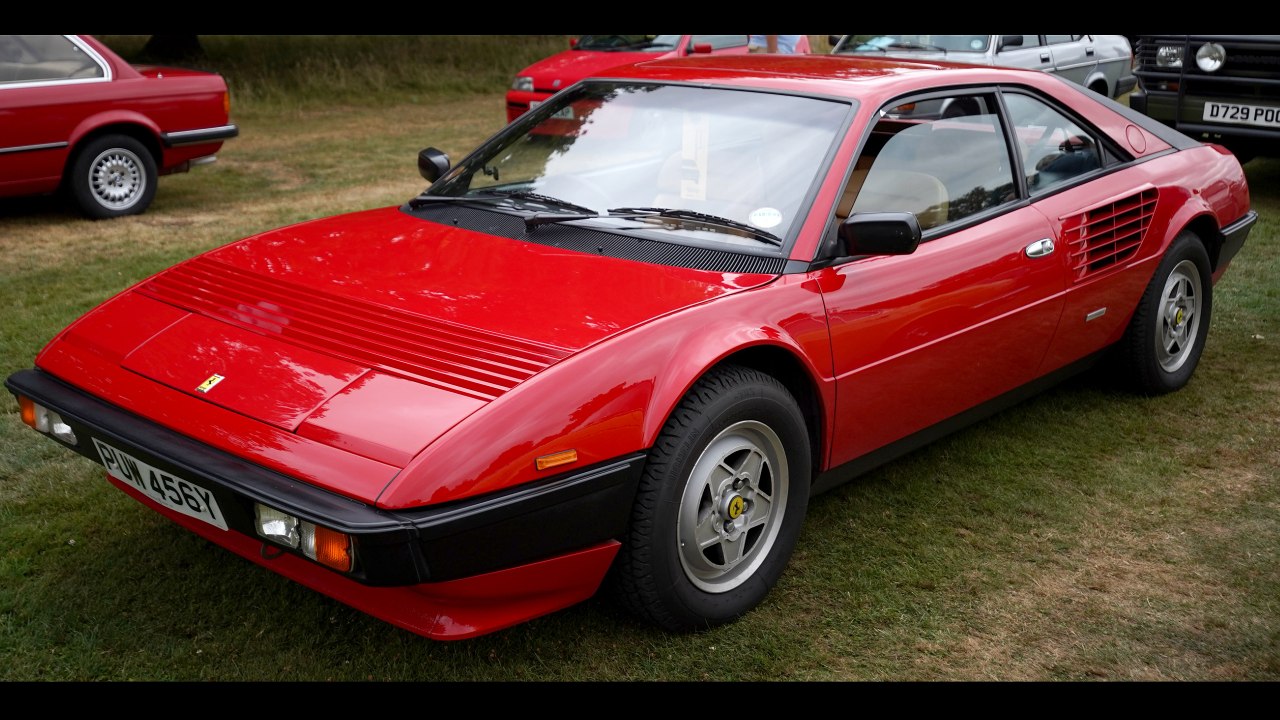
The Ferrari Mondial, produced from the early 1980s to the early 1990s, was often criticized for its perceived lack of power and awkward styling compared to other Ferraris. It was one of the more affordable models, which diluted its exclusivity.
However, the Mondial offers a unique combination of practicality and Ferrari pedigree, with its mid-engine layout and seating for four. Its underrated status has made it an attractive entry point into Ferrari ownership, and collectors are beginning to appreciate its value, leading to a rise in interest and prices.
Lotus Esprit Turbo
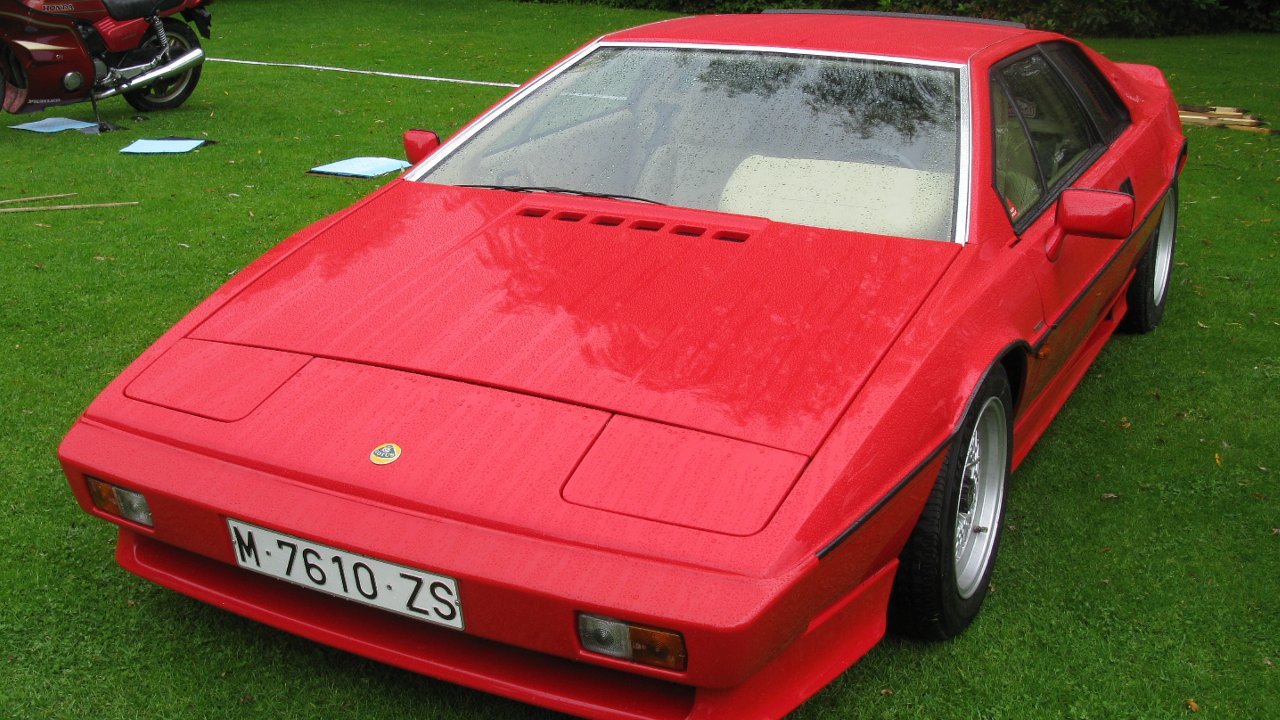
The Lotus Esprit Turbo became famous for its starring role in James Bond films, yet it struggled in the market due to build quality issues and stiff competition. Despite these challenges, it offered excellent handling and a distinctive wedge-shaped design.
Collectors are now recognizing the Esprit Turbo for its driving dynamics and iconic status. Its association with pop culture and limited production numbers have turned it into a desirable classic, with prices slowly appreciating as enthusiasts seek out well-maintained examples.
Cizeta-Moroder V16T
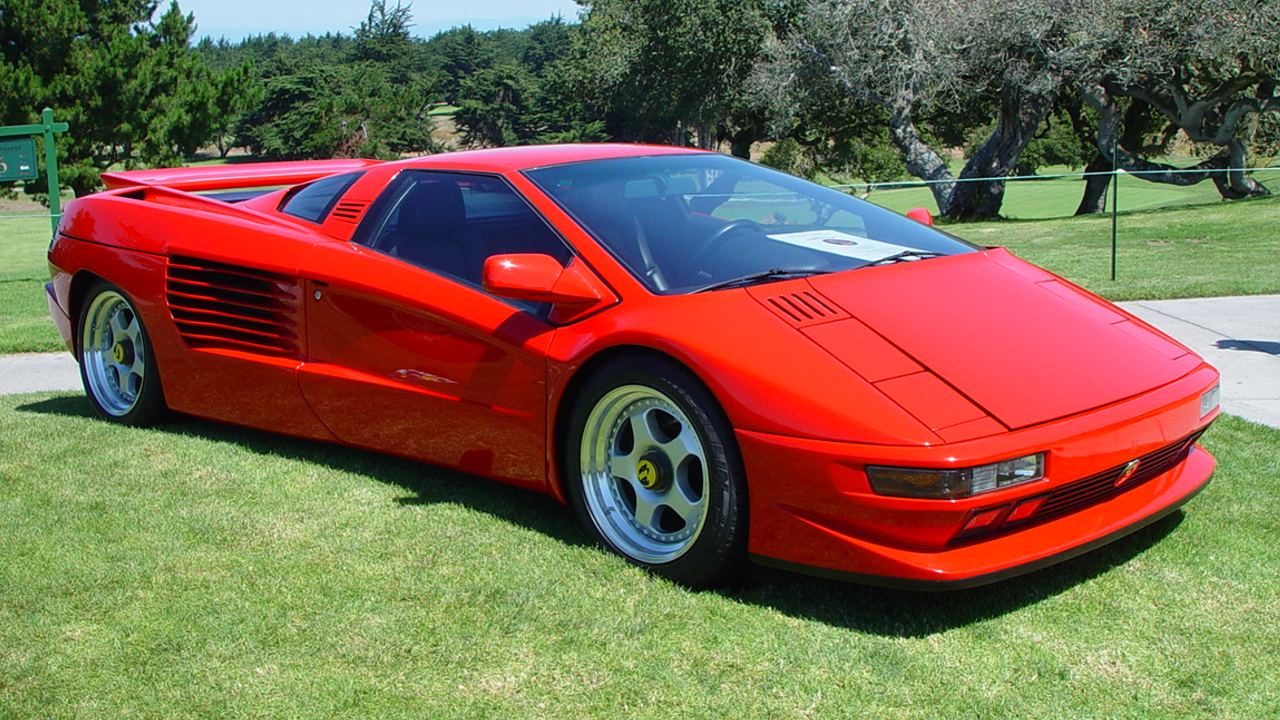
The Cizeta-Moroder V16T was one of the most ambitious supercars of the late 1980s, featuring a transverse V16 engine and a striking design. Unfortunately, its high price and limited production—only a handful were made—meant it never achieved commercial success.
Today, the V16T is valued for its engineering audacity and rarity. It represents a unique chapter in automotive history, and collectors are drawn to its backstory and the craftsmanship involved in its creation. Its scarcity and exotic appeal have made it a prized possession for those fortunate enough to own one.
Like Fast Lane Only’s content? Be sure to follow us.
Here’s more from us:
*Created with AI assistance and editor review.

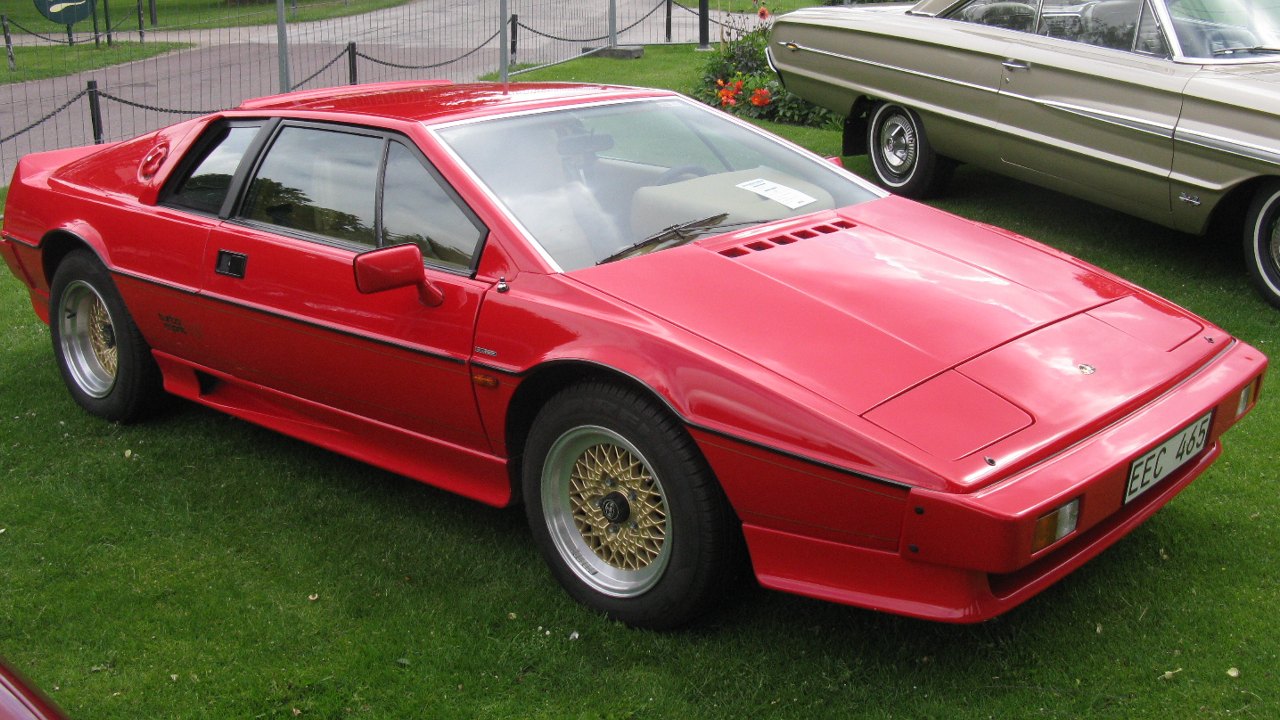
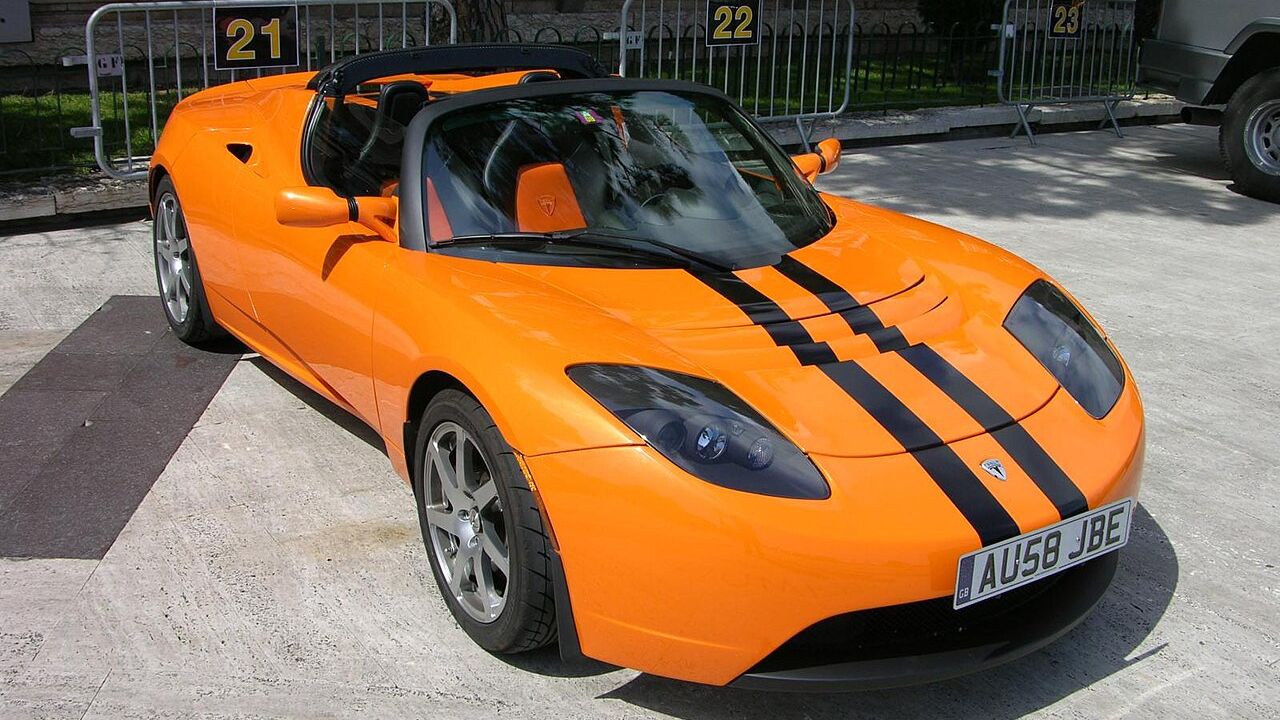
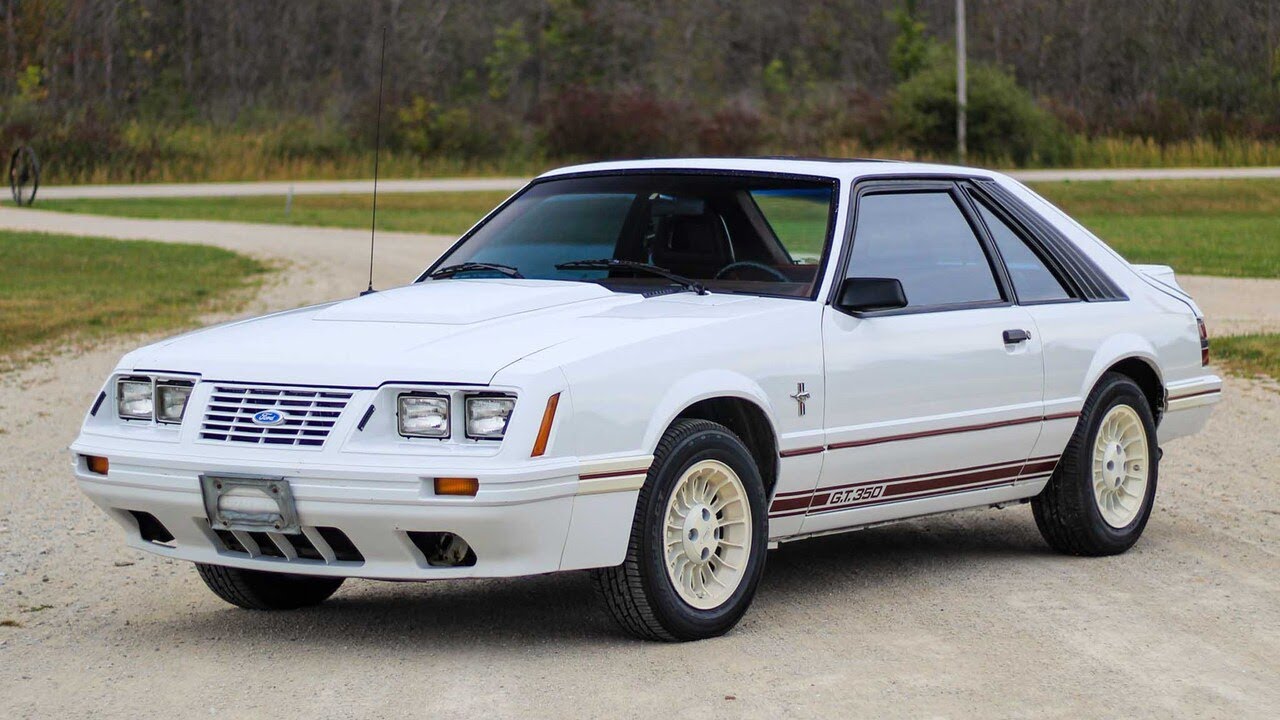

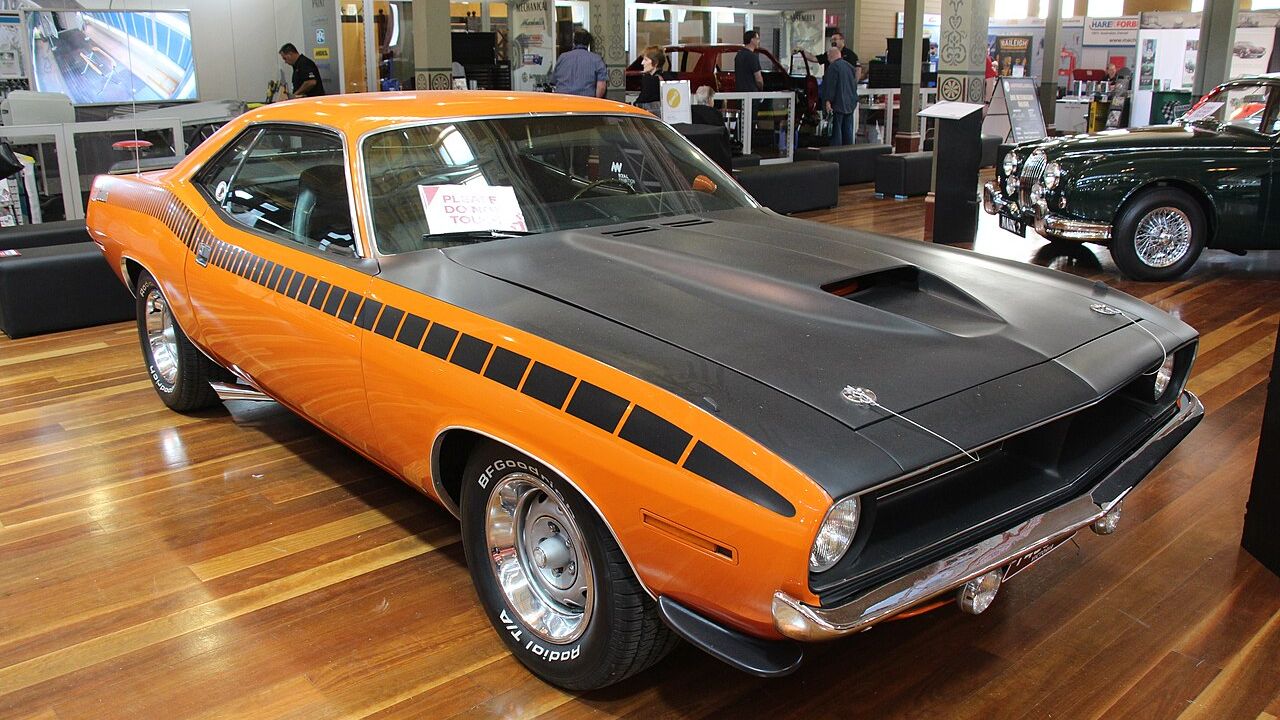
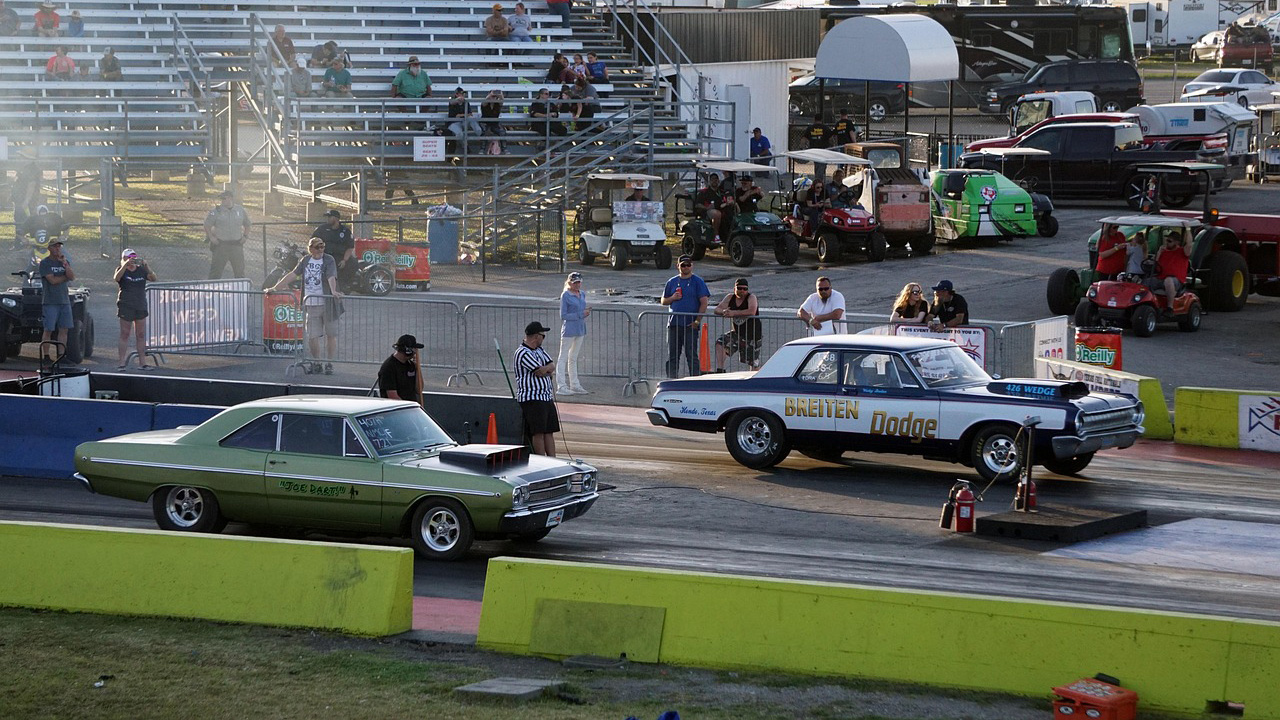
Leave a Reply